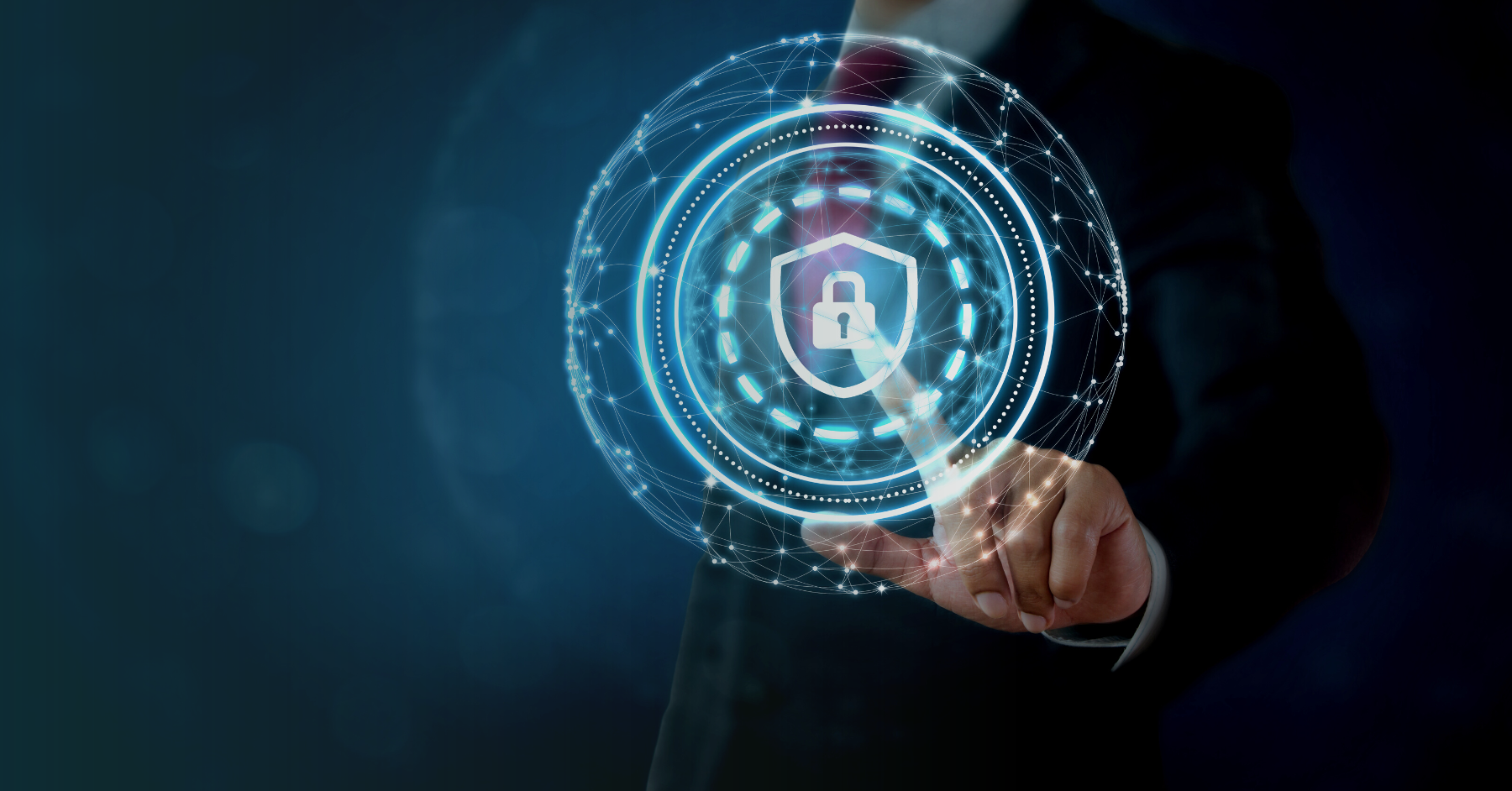Work-from-anywhere flexibility is here to stay, with 85% of business leaders saying remote work has become the new normal.1 But while there are several benefits to working remotely – better work-life balance, higher productivity, lower costs – this new way of work also comes with cybersecurity challenges that businesses are struggling to combat.
Unsecured public networks and personal work devices, along with increasingly sophisticated cyber attacks, are exposing more corporate networks to data breaches. Even worse, the move away from in-office work has directly contributed to rising cybersecurity costs, with over $1 million more lost on average where remote employees are a factor in a breach.2
Luckily, supporting remote work initiatives without compromising on network security isn’t impossible. Here are four remote work security tips to keep your modern business protected:
1. Educate Your Staff
You’ve probably come across this advice time and time again, but it’s an absolute must. Well-trained employees are your company’s first line of defense against cyber attacks, so make sure they receive regular remote security training and updates on the latest best practices.
Studies show that around 38% of employees without cybersecurity training fail phishing tests.3 Provide your staff with expert onsite or virtual training to ensure they have the knowledge they need to detect and report suspicious activity before it can harm your network. Reinforce this training often via emails, virtual meetings, and one-on-one discussions to ensure your entire remote team is prepared to protect your network and sensitive data.
2. Adopt a Zero Trust Security Policy
Estimates show that by 2023, 60% of enterprises will replace their legacy VPNs with zero trust solutions.4 It’s easy to see why: the zero trust security framework eliminates implicit trust – the downfall of most current remote-access solutions – and undergoes continuous authentication throughout the entirety of each network interaction.
As your business supports more remote workers and cloud-based applications, your corporate network’s surface area grows. Each personal laptop, mobile phone, and unsecured WiFi network or application is another prime target for cyber criminals to attack. Zero trust shifts remote access control away from easily spoofed variables like identity, location, or one-time access, requiring users to pass an authentication test for every network access request – every time.
Zero trust network access (ZTNA) provides a powerful solution for businesses looking to get started with zero trust or strengthen their zero trust security posture. ZTNA allows secure remote access to mission-critical data and applications in a cloud-based environment, offering only the resources requested. In the unlikely event that your network is breached, this segmentation prevents malicious parties from gaining access or infecting the rest of your company network.
Interested in learning more about how zero trust can secure your remote users? Download our white paper, Securing the Modern Workplace With ZTNA, today for an informative overview of the zero trust security architecture and what businesses should consider when making the switch.
3. Update Your Software
With over 300 thousand new malware threats created daily,5 outdated software can’t keep up. In fact, most malware is designed to exploit vulnerabilities in outdated software that have already been fixed with security updates. If cyber criminals exploit your software’s outdated defenses, your business could lose strategic data, money, and reputation.
Updating software manually can be a challenge, especially if your employees are remote. Simplify the process with a patch management program that can automatically deploy updates to software and applications company-wide.
4. Back Up Mission-Critical Data
Data backups are key for minimizing disruption in the worst-case scenario that your network is attacked. Without regularly-scheduled backups, recovering your data to quickly resume operations becomes a much more time-consuming – and costly – challenge.
Back up your data in multiple locations, such as in the cloud and on your local servers, to ensure you’re covered if one location is compromised. For optimal disaster recovery, automate your backups to take place every few minutes so that your remote employees can quickly access and recover critical data when needed.
Secure Your Remote Workforce With Safous ZTNA
Whether your business is shifting to fully remote or adopting a hybrid model, finding tools that can effectively secure your dispersed workforce is critical. Employee training, software updates, frequent data backups, and a strong zero trust security policy can work together seamlessly to keep your network and workforce protected at all times.
The Safous Zero Trust platform delivers safe access to corporate network resources for every type of work environment. Ensure your work-from-anywhere employees have secure, easy access to the data and applications they need to stay productive with features including:
- Advanced ZTNA function
- Dedicated data and control planes
- 24/7 monitoring for security risks
- Disaster recovery support
- Risk-based policy controls
Ready to secure your remote workforce with Safous? Learn more about what sets us apart from other cybersecurity providers, or request your free demo today.
Sources:
- https://resources.owllabs.com/state-of-remote-work
- https://www.ibm.com/security/data-breach
- https://www.prnewswire.com/news-releases/new-knowbe4-benchmarking-report-finds-37-9-of-untrained-end-users-will-fail-a-phishing-test-301028569.html
- https://www.forbes.com/sites/forbestechcouncil/2021/10/01/why-sase-and-ztna-are-even-better-together-when-tightly-integrated/?sh=642158497e97
- https://atlasvpn.com/blog/over-30-million-new-malware-samples-found-in-2022-as-cyber-threats-evolve
Receive the latest news, events, webcasts and special offers!
Share this
You May Also Like
These Related Stories

Blog: What Is the Concept of Least Privilege Access?

Blog: 3 Reasons Why Zero Trust Is Popular for Businesses






